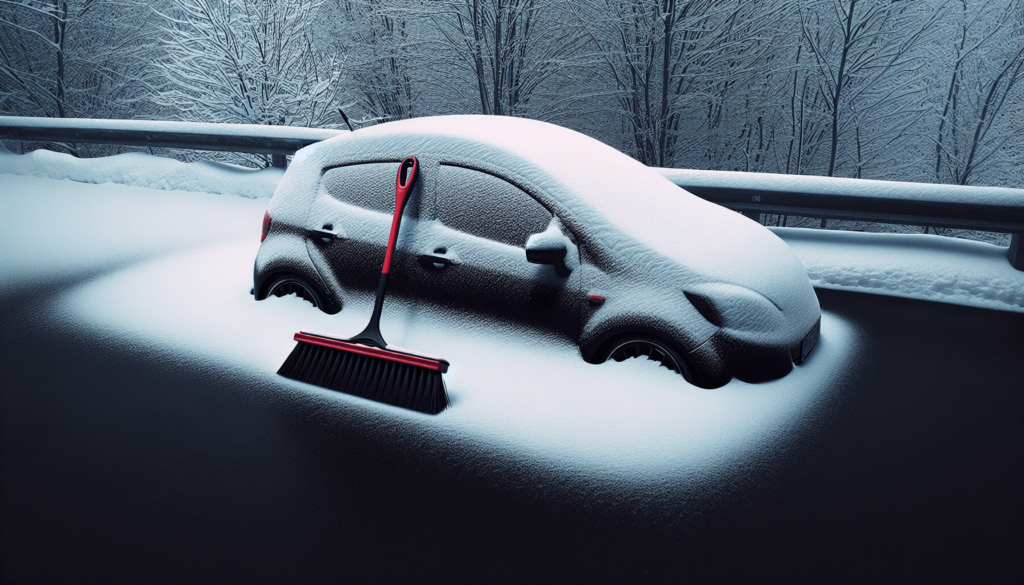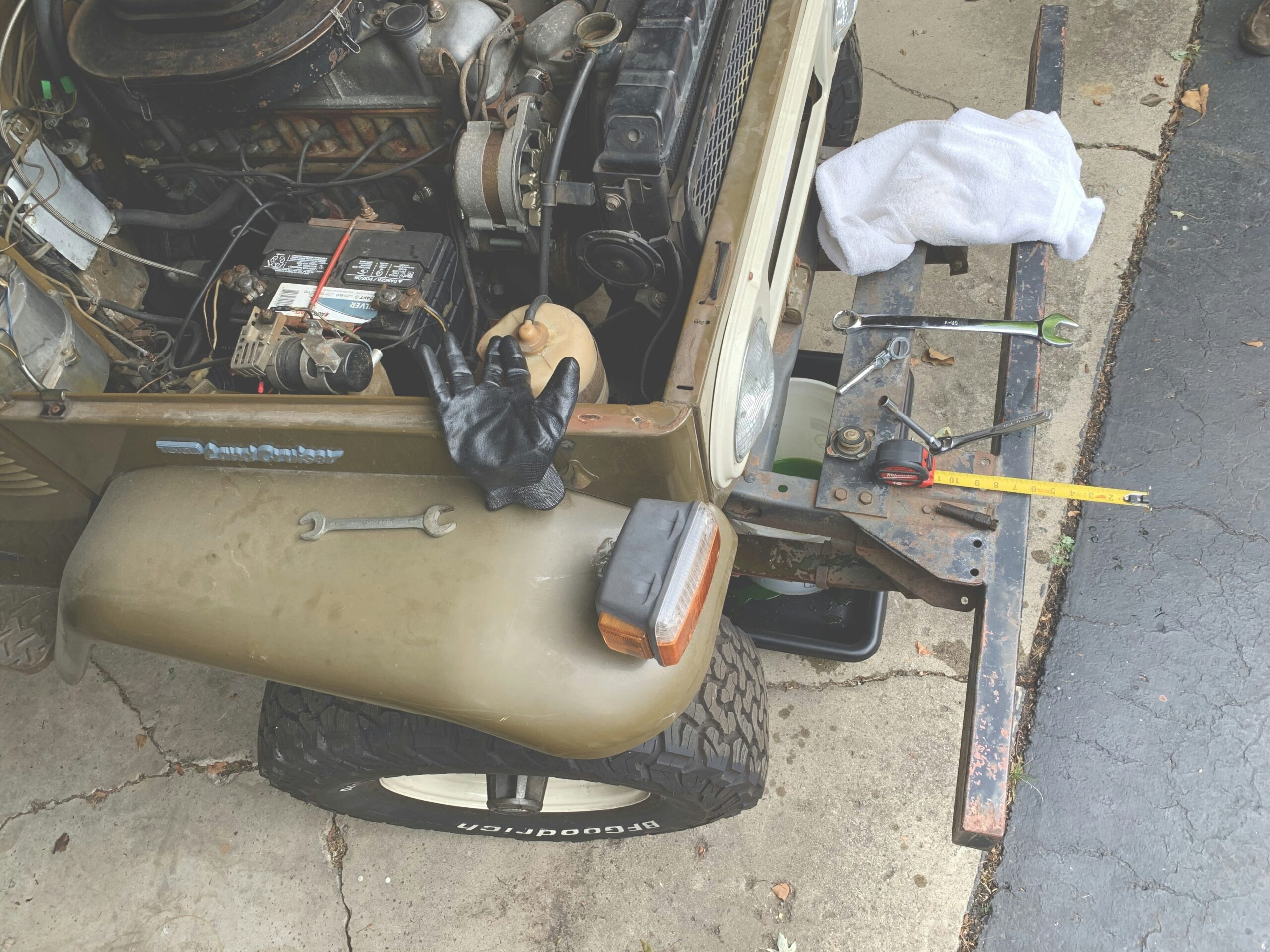As you navigate the rigors of winter, brushing off a snow-covered car is a routine part of your day. The article, “Do Snow Brushes Scratch Paint”, takes you through an exploratory journey assessing the impacts of this seemingly harmless activity. Does the simple act of clearing snow off your cherished vehicle threaten its impeccable paint finish? You’ll grow familiar with various factors like brush quality, technique, temperature, and their combined potential to either safeguard or sabotage your car’s exterior.
Introduction
Exploring the Impact of Snow Brushes on Paint
In the winter months, you can often spend a lot of time removing snow and ice from your vehicle. As you scrape and brush away the frosty covering, you may begin to wonder about the impact of such actions on your vehicle’s paint job. Leaving the snow on the car isn’t an option for many, but does removing it cause more harm than good? This article aims to explore this concern by providing a detailed analysis of the effect of snow brushes on vehicle paint.
Understanding Snow Brushes
What Are Snow Brushes?
Snow brushes are tools designed to help motorists remove snow and ice from their vehicles during winter months. Equipped with robust bristles on one end and often featuring an ice scraper on the other, these utilities provide an effective means of clearing up your car, particularly when it snows overnight, leaving snowfall accumulation on the car body.
Different Types of Snow Brushes
There are various types of snow brushes available in the market, designed to meet different needs and preferences. Some brushes have telescopic handles for easy reach across larger vehicles, while others have ergonomic handles for a comfortable grip during the brushing process. The design and material of the bristles also vary, ranging from soft to hard materials, some of which may be more abrasive on the paint than others.
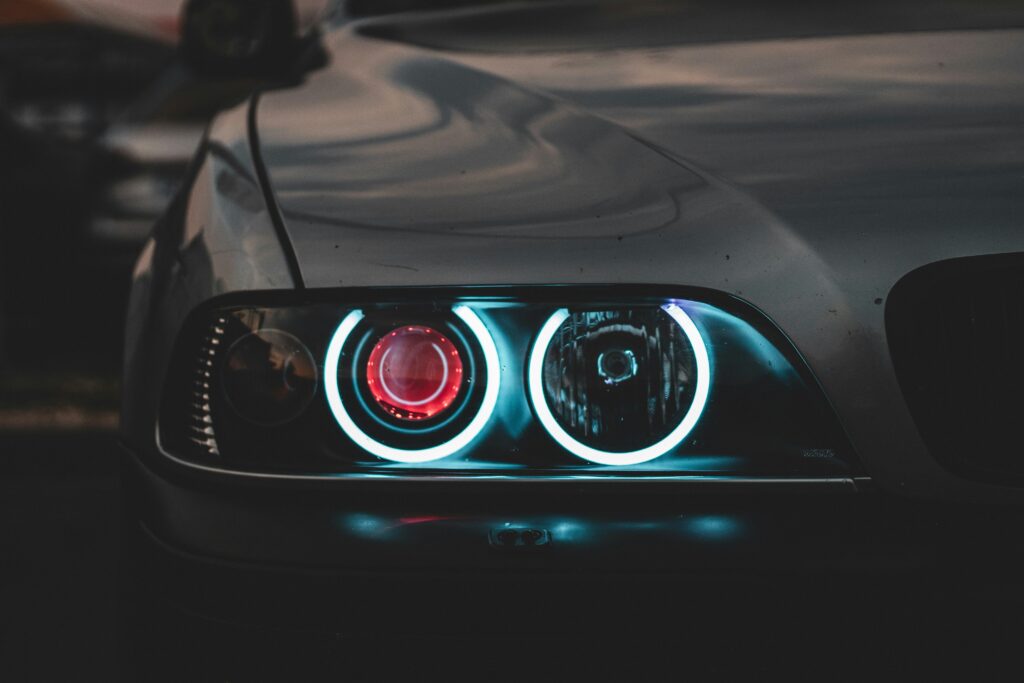
Mechanism of Snow Brushes
Bristle Material
Snow brushes primarily function through their bristles, which are designed to sweep away snow and scrape off ice. The bristles are mostly made from plastic polymers, but the type and quality of material can vary significantly. Inferior materials may have a higher propensity to scratch, while high-quality materials are typically more gentle on your car’s paint surface.
Bristle Length and Density
Aside from material, the length and density of the brush’s bristles contribute to its effectiveness and potential to cause scratches. Longer and denser bristles can clear more snow at once, but they also have a greater possibility of causing damage if not used correctly.
Handle Design
The handle design also plays a part in the functionality of snow brushes and their impact on paint. An ergonomically designed handle can give you a good grip, allowing you to control the pressure you’re applying on the paint surface more effectively.
Impact on Paint Surface
When you use a snow brush, the bristles come into contact with the car’s paint surface. The impact on the paint can be influenced by various factors, from the type of brush and quality of its bristles to the technique used during brushing.
Factors Affecting Scratch Potential
Paint Condition
The condition of your vehicle’s paint can also affect its susceptibility to scratches from a snow brush. Paint that is well-maintained and regularly waxed is more resistant to scratches compared to neglected or already chipped paint.
Brush Material
The type of material a snow brush is made from can significantly affect its scratch potential. As previously mentioned, brushes made from high-quality materials are generally gentler on your car’s paint surface than those made from cheaper, substandard materials.
Bristle Stiffness
Bristles that are too stiff can potentially scratch the paint, especially if too much pressure is applied during the brushing process. Conversely, soft bristles tend not to cause scratches but are less effective at removing heavy snow or ice.
Pressure and Technique
How you use the brush matters significantly as well. Applying too much pressure or using an incorrect brushing technique could lead to paint damage.
Presence of Debris
Snow often comes with some level of road debris. If any debris like small stones gets trapped between the brush bristles and your car’s surface, they could potentially cause scratches when brushing off the snow.
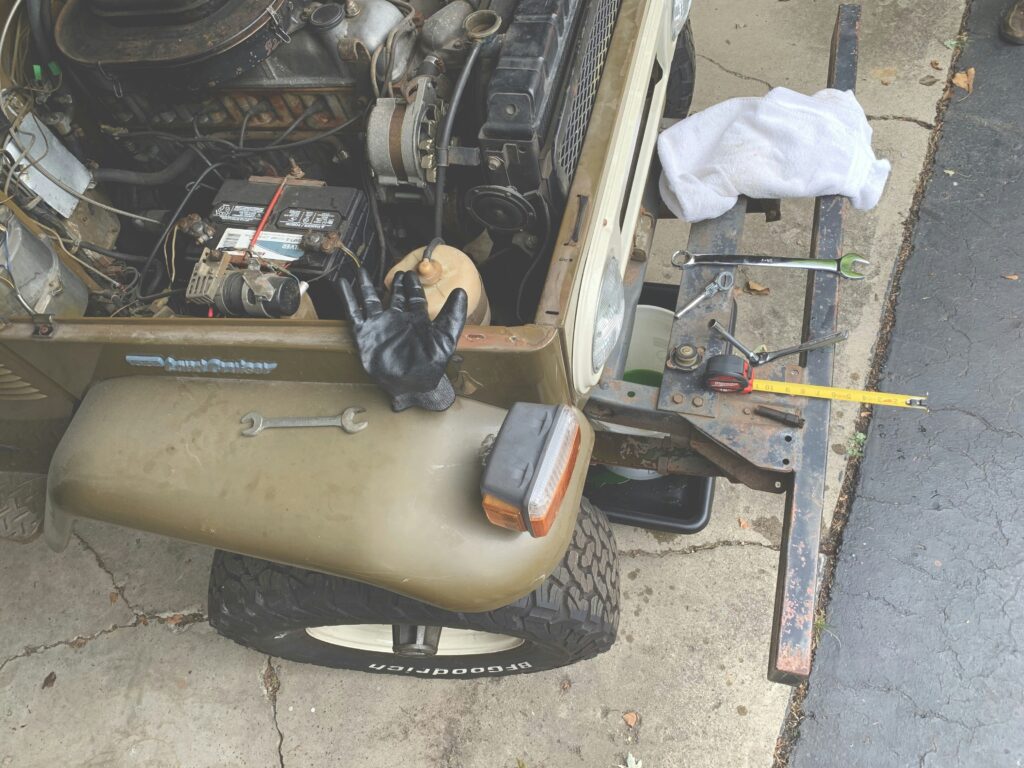
Impact on Different Paint Finishes
Clear Coat Finishes
Clear coat finishes, which are standard on most cars these days, offer a degree of protection against scratches. Nonetheless, excessive brushing or using the wrong type of brush can still result in superficial scratches.
Metallic Paints
Metallic paints contain small metal flakes that reflect light, giving the paint a sparkling finish. These flakes offer a certain level of defense against scratching. However, these paints are not immune to damage from aggressive snow brushing.
Matte and Satin Finishes
Matte and satin finishes, which lack the glossy shine of traditional car finishes, are more vulnerable to scratches from snow brushes. The lack of a protective clear coat makes these finishes more susceptible to damage.
Best Practices for Minimizing Scratches
Preparation
One of the simplest ways to minimize scratches is to prepare your car for the winter months. This means applying a protective wax or sealant to your car’s exterior, providing an added layer of protection against potential scratching.
Choosing the Right Brush
Opt for a brush with soft-brushed, high-quality bristles. It may be more expensive than other brushes, but a high-quality snow brush can potentially save you from costly paint repairs later on.
Proper Brushing Technique
Using the correct brushing technique can also minimize the risk of scratches. Always go gently, brushing towards the edges of the vehicle and avoid using too much pressure.
Regular Cleaning and Maintenance
Regularly cleaning your snow brush can also help minimize scratches, as it reduces the chances of small debris getting trapped in the bristles and then scraped across your vehicle.

Alternatives to Snow Brushes
Snow Shovels
A snow shovel can be a good alternative for heavy snowfall, allowing you to remove large amounts of snow without scraping the paint surface.
Car Covers
Car covers are another effective means of preventing snow from accumulating on your vehicle in the first place. Plus, they offer the added benefit of shielding your car’s paint from other potential damage, like falling branches or bird excretion.
Snow Foam
Snow foam is an automotive cleaner that lifts and removes winter debris, without the need for scrubbing. Applying a layer of snow foam before brushing off snow can help prevent scratches.
Myths and Misconceptions
The Ice Scraper Myth
One common myth is that ice scrapers cause scratches. While improper use of an ice scraper can potentially damage the paint, a scraper used correctly on windows and windshields should not scratch the glass. It’s crucial, however, to avoid using the scraper on painted surfaces.
Using Exterior Cleaners as Lubricants
Another myth is using exterior cleaners as lubricants during snow removal. While this may provide some lubrication, it’s generally not advisable because cleaners can strip away protective wax, leaving your paint more vulnerable to scratches.
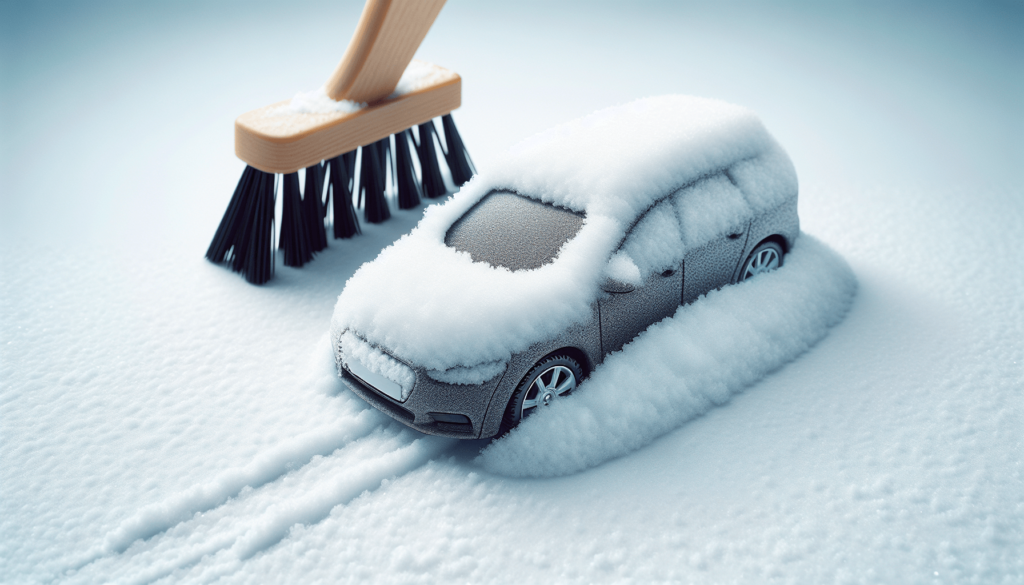
Expert Opinions and Research Findings
Auto Detailing Experts
Most auto detailing experts agree that snow brushes can, in fact, cause scratches. However, they also assert that the risk is significantly reduced with correct use and precautions, like choosing the right brush and proper brushing technique.
Paint Manufacturer Recommendations
Paint manufacturers typically recommend keeping the car clean and applying a layer of good quality wax or sealant before the onset of winter. This creates a protective layer that helps shield the paint from potential damage by snow brushes.
Scientific Studies
Scientific studies have shown that improperly used snow brushes can physically mar the surface of automotive paint, leading to noticeable scratches. However, these studies also find that the chances of this happening are significantly reduced when using a high-quality brush and the correct brushing technique.
Conclusion
Balancing Convenience and Paint Protection
While it’s essential to keep your vehicle clear of snow for visibility and safety, it’s equally important to protect your paint job. Striking a balance between these two needs might require a bit more effort and investment, but it’s crucial to preserving the value and appearance of your car in the long run.
Making Informed Decisions
Ultimately, the decision of how to handle snow removal is yours to make. Armed with this information, you can now make more informed choices to protect your car’s paint from potential damage during the snowy months.
